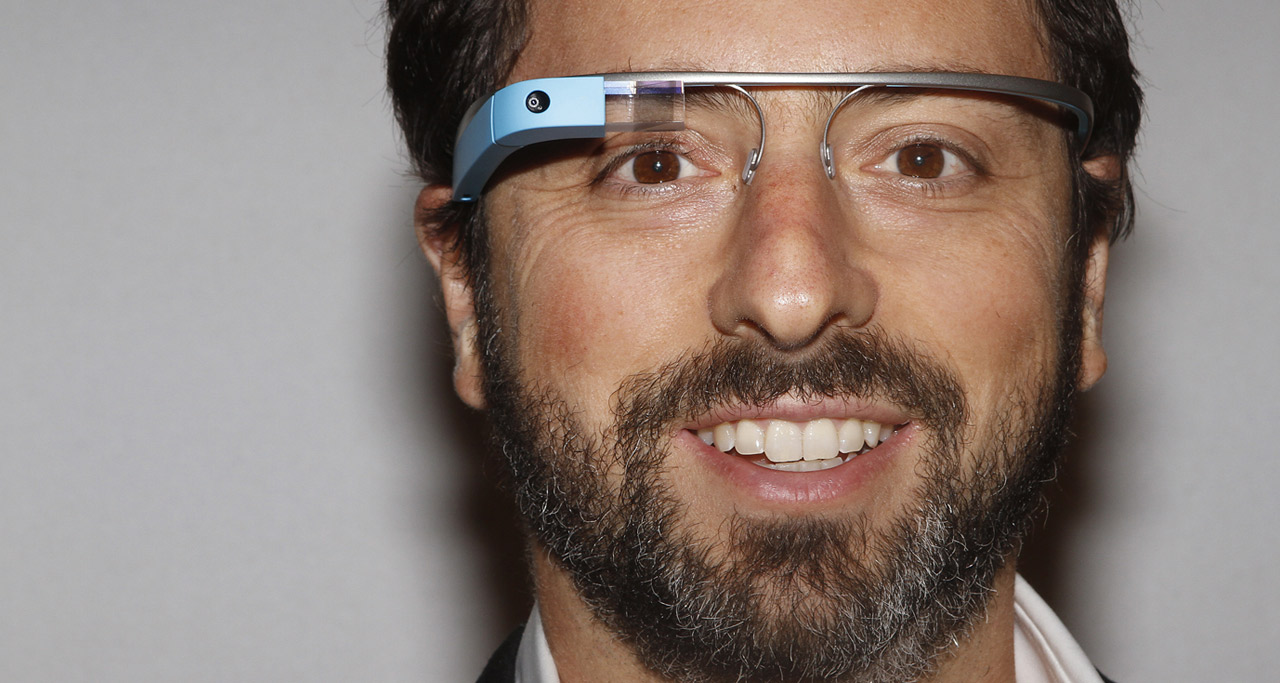Google Glass is coming and the naysayers are out in mass, predicting a big miss for the search company due to over-engineering, government regulation, or just plain creating a product that no one needs. I can’t say for sure how Google Glass will work in the real world, but I can imagine how it could work in the music world, and I think it’s all for the better for music consumers and producers alike.
First of all, Google recently announced that a new version of Glass is now available to beta testers, and this one has the addition of a mono ear bud that plugs into the middle of the device. Just image for a second that there were actually two for stereo. The bone conduction speaker that’s been standard on Glass from the beginning could be used for the low frequencies, while a high-quality set of stereo earbuds could be used for high-frequencies, which could make for a better listening experience than the average music consumer currently gets. Chalk up a potential win for Glass.
Isolation caused by earbuds can pose a danger to wearers, as is so often the case today when earbuds and headphones are worn on the street. That could be eliminated in Glass by putting a small mic on the unused real estate of the frame to combine the ambience of the real world with the audio or music you’re listening to. And the same mic could also work for noise canceling on those long plane flights that we all seem to take these days. Want to mute or unmute the music? Simply touch the frame. Chalk up another potential win for Glass.
Then having the ability to actively see on the display which artist and song is playing would be nirvana for record labels and music consumers alike. With YouTube Music (or whatever Google decides to call their new music streaming service) coming on line soon, you can bet that you’ll be able to easily control what you’re listening to from Glass, although it would be a shock if every streaming company didn’t adapt their app for it. And the built-in voice recognition would make finding a song, artist, category or tag a snap. Yes, it’s another potential positive for Glass.
I’ve already written about how useful Glass could be in music production, which now keeps engineers, producers and musicians glued to whatever screen they’re working on while virtually ignoring the artist. “Audio Glass” could help them keep their eyes on their work while still interacting with the artist, just like the good old analog days. Imagine seeing the levels of the channels being recorded, the EQ and compression settings, and the effects and monitor settings all the while watching the artist or band perform. It could streamline how recordings are made.
And how about seeing the viewfinder of a DLSR or camcorder in Glass via Wi-Fi while you’re shooting. This could be a creative boon to any good photographer or film maker, as he’ll be able to get shots in tight areas a lot more easily and with a lot less gear than is possible today.
Of course, none of the above is currently incorporated into Glass yet as far as has been reported, as this is just some daydreaming on my part about what the future could hold. It may be pure speculation, but it’s possible that both Google and several partner companies have progressed way beyond the possibilities outlined here, we just don’t know. That being said, I feel pretty safe in predicting that in at least some circles, Google Glass might yet be the revolution that Google predicts it will be.


